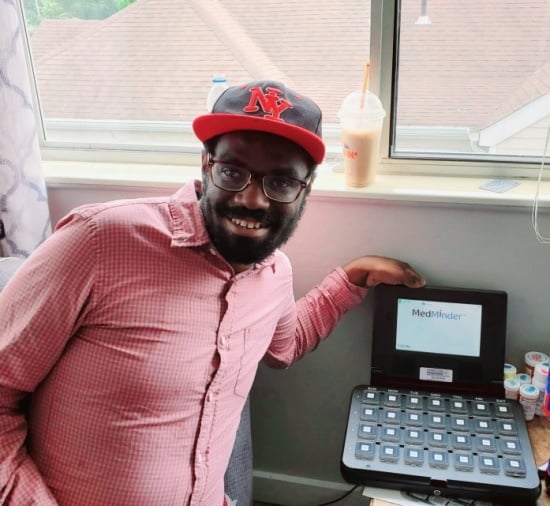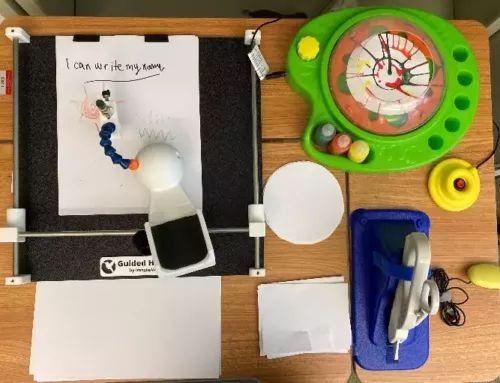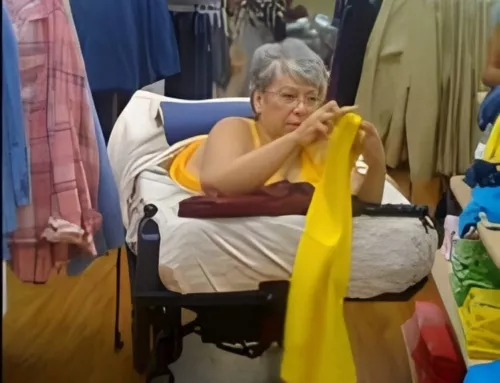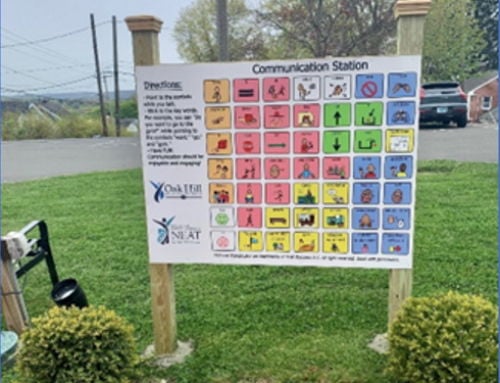AT for Dog Walking in Nebraska
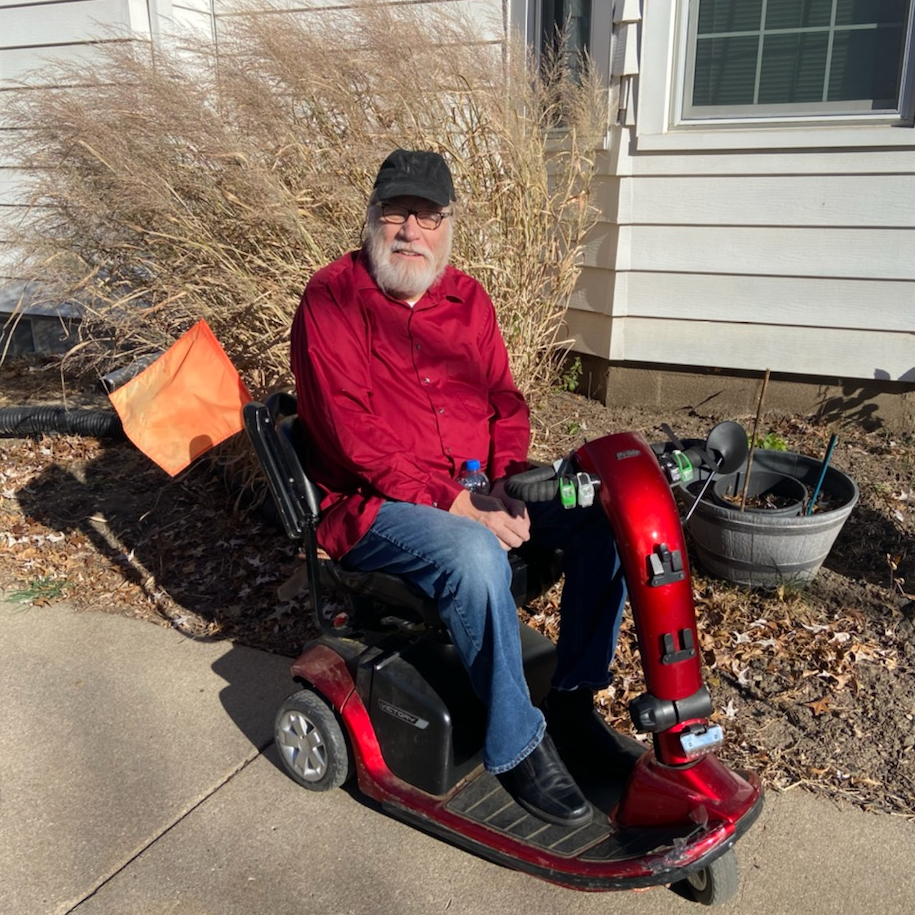
Puppies are popular this pandemic. Keeping up with them … well, there’s assistive technology (AT) for that.

“Roger,” a resident of Lincoln, Nebraska, retired with a goal to get a dog. Last January, that goal was met when Mac, a golden retriever puppy, moved in with him. Mac is terrific companionship during the pandemic, but it wasn’t long before Roger realized the growing puppy needed more walking than his health could manage.
Diabetes affects Roger’s feet and limits the amount of walking he can do on a daily basis. To keep Mac happy and healthy, he figured they need to cover two to five miles a day. Roger knew a scooter would make that kind of mileage possible.
He also knew a scooter is expensive.
Unfortunately, when Roger called his insurance, he learned his policy would not cover this type of device. That’s when he called Assistive Technology Partnership (ATP), Nebraska’s AT Program. ATP is one of 56 AT Act Programs across the states and territories dedicated to assisting older adults and persons with disabilities learn about and acquire AT and durable medical equipment to support independence and safety. Each program is different, but many facilitate the reassignment of gently-used devices to persons who need them.
In Nebraska, ATP coordinates a network of reutilization partners to help collect, refurbish, and redistribute donated devices. During the pandemic, this network is operating by appointment to safely match equipment with community members. Equipment is available for free, rent, or long-term loan depending on the policies of the reutilization partner. Many post their available devices at AT4All.com.
Roger was delighted when a local ATP reuse partner came through. Within a couple of weeks, Roger was matched with a donated scooter, a device he would never have afforded without ATP’s reutilization network.
Now Mac and Roger have a well-practiced routine. “The scooter makes it possible for me to walk Mac every day and do errands—and I am keeping my feet healthy,” he says. “When I drop my hat, gloves, or mask because my hands are stiff due to gout and diabetes, Mac picks them up.”
Bells attached to Mac’s harness help Roger know where Mac is located. People tell him it sounds like Santa coming down the street when they are out for a walk. In the summer, they think of an ice cream truck!
In federal fiscal year 2020, 38,692 recipients acquired 65,638 reutilized devices through State and Territory AT Act Programs. Device recipients saved a total of $22.9 million by purchasing/obtaining reutilized AT instead of new. In addition, 90% of the reutilized device recipients indicated that they would not have been able to afford the AT or obtain it from other sources if it were not for the reuse services of the State AT Act Program.
Need to find equipment? Have a device to donate. Find your AT reutilization program.
Monthly Blog Digest
Search the blog
State AT Program Blogs
California
Florida
Indiana
Kentucky
Louisiana
Maryland
Massachusetts
Michigan
Montana
North Carolina
North Dakota
Utah
State AT Program Blogs
The AT3 Center, the Association of AT Act Programs (ATAP), and the Administration on Community Living (ACL) make no endorsement, representation, or warranty expressed or implied for any product, device, or information set forth in this blog. The AT3 Center, ATAP, and ACL have not examined, reviewed, or tested any product or device hereto referred.


